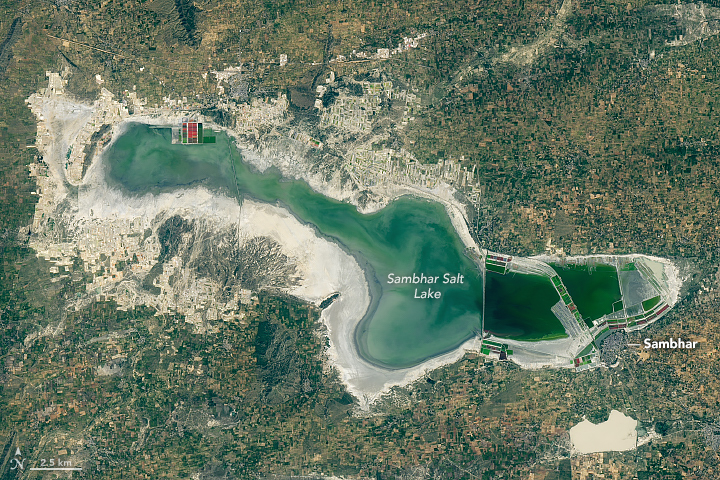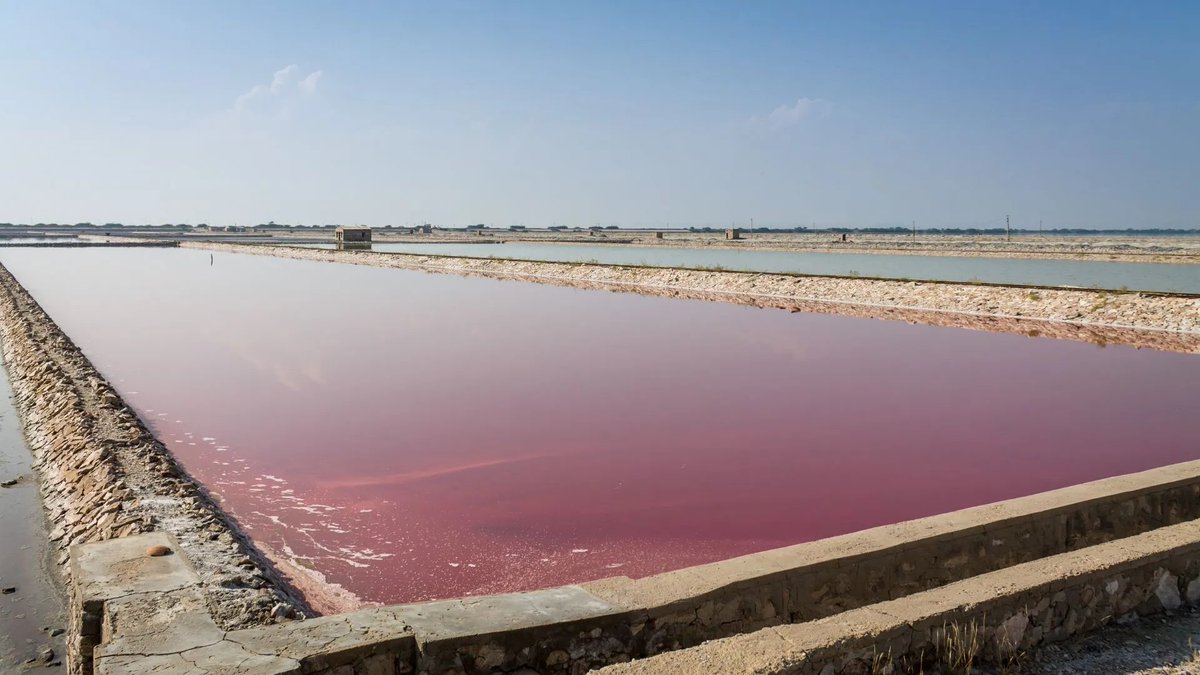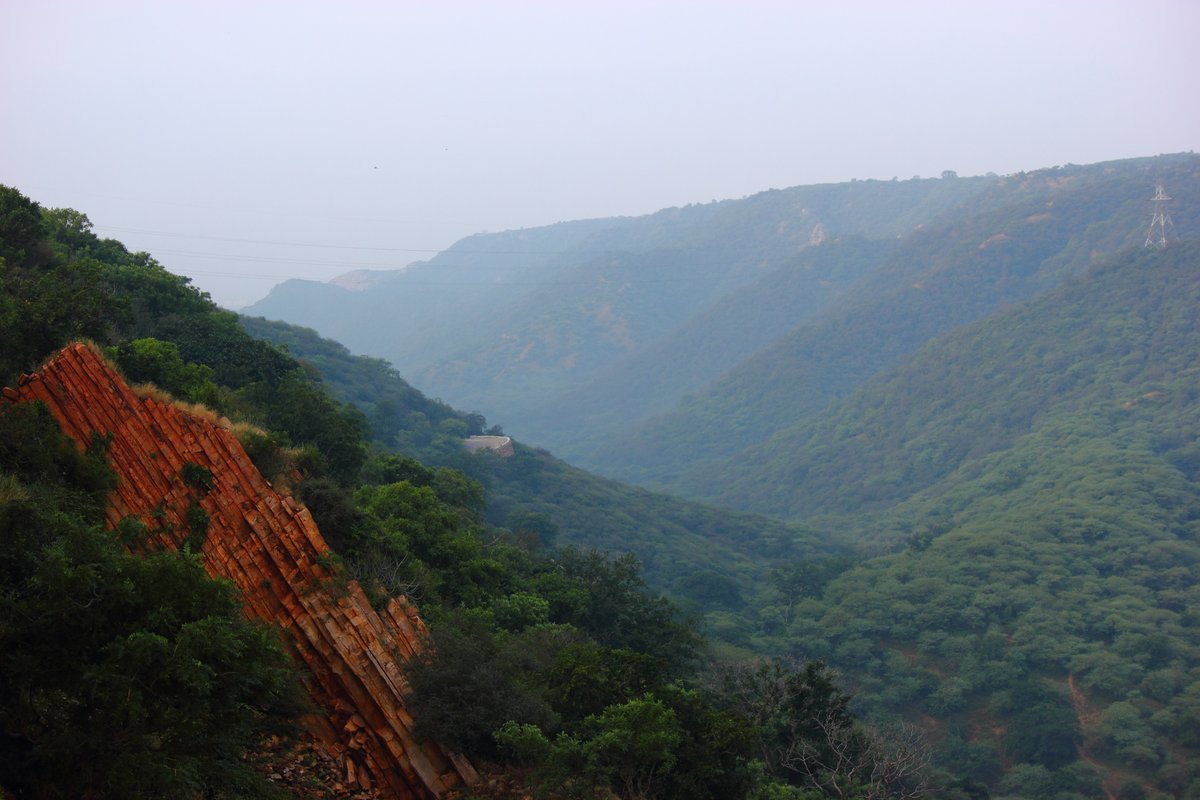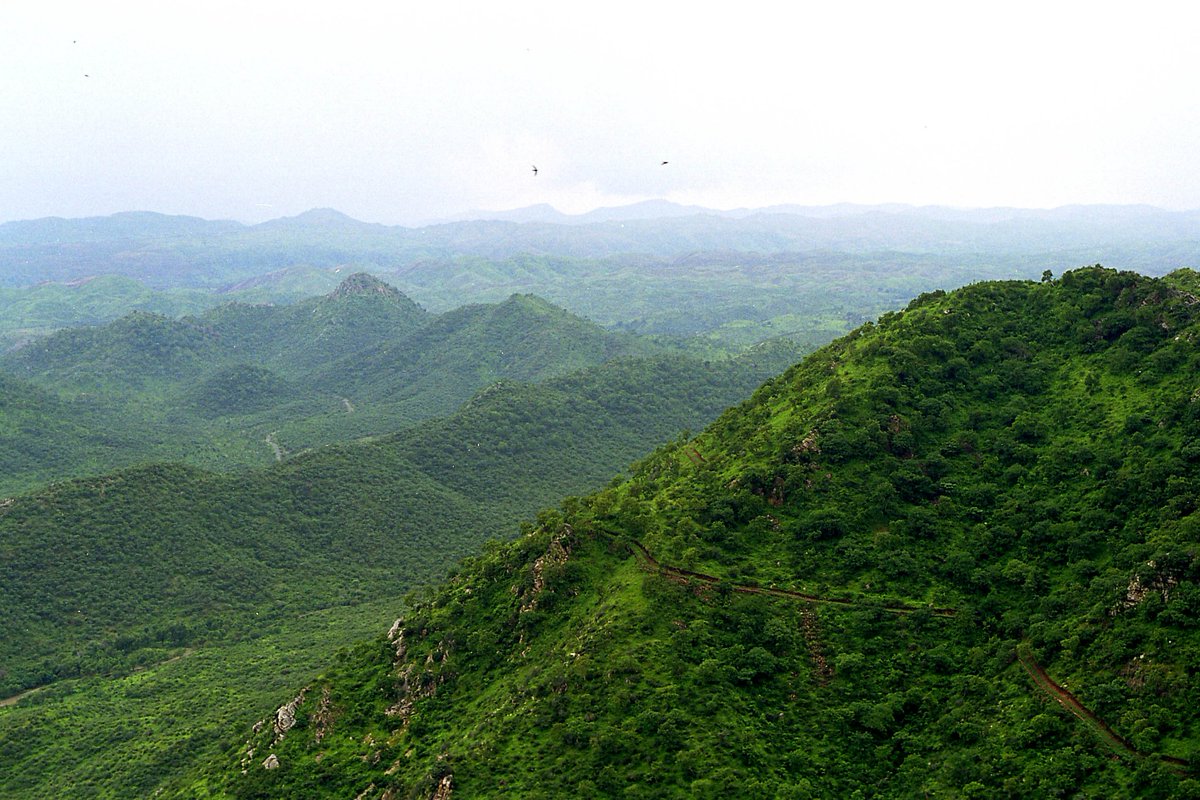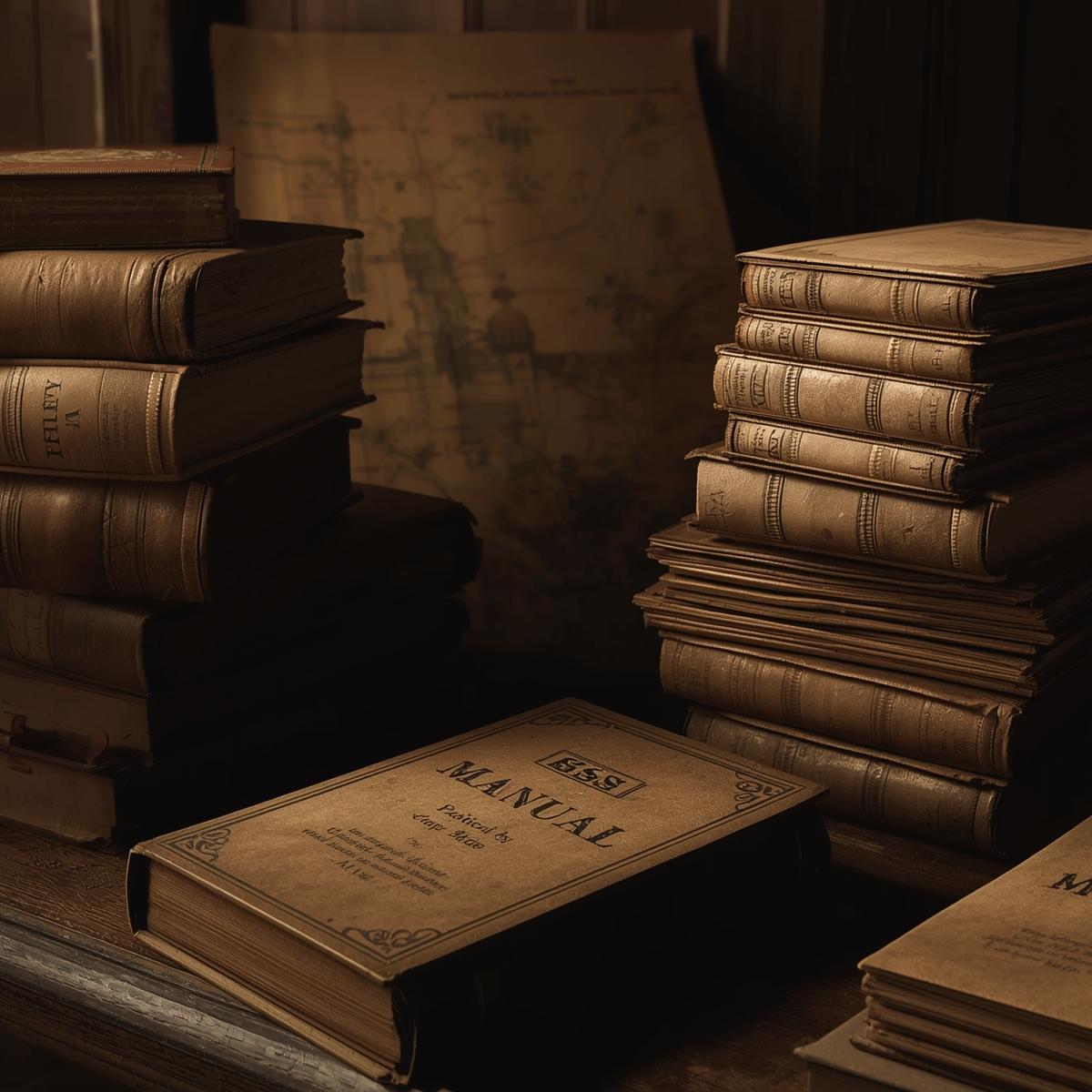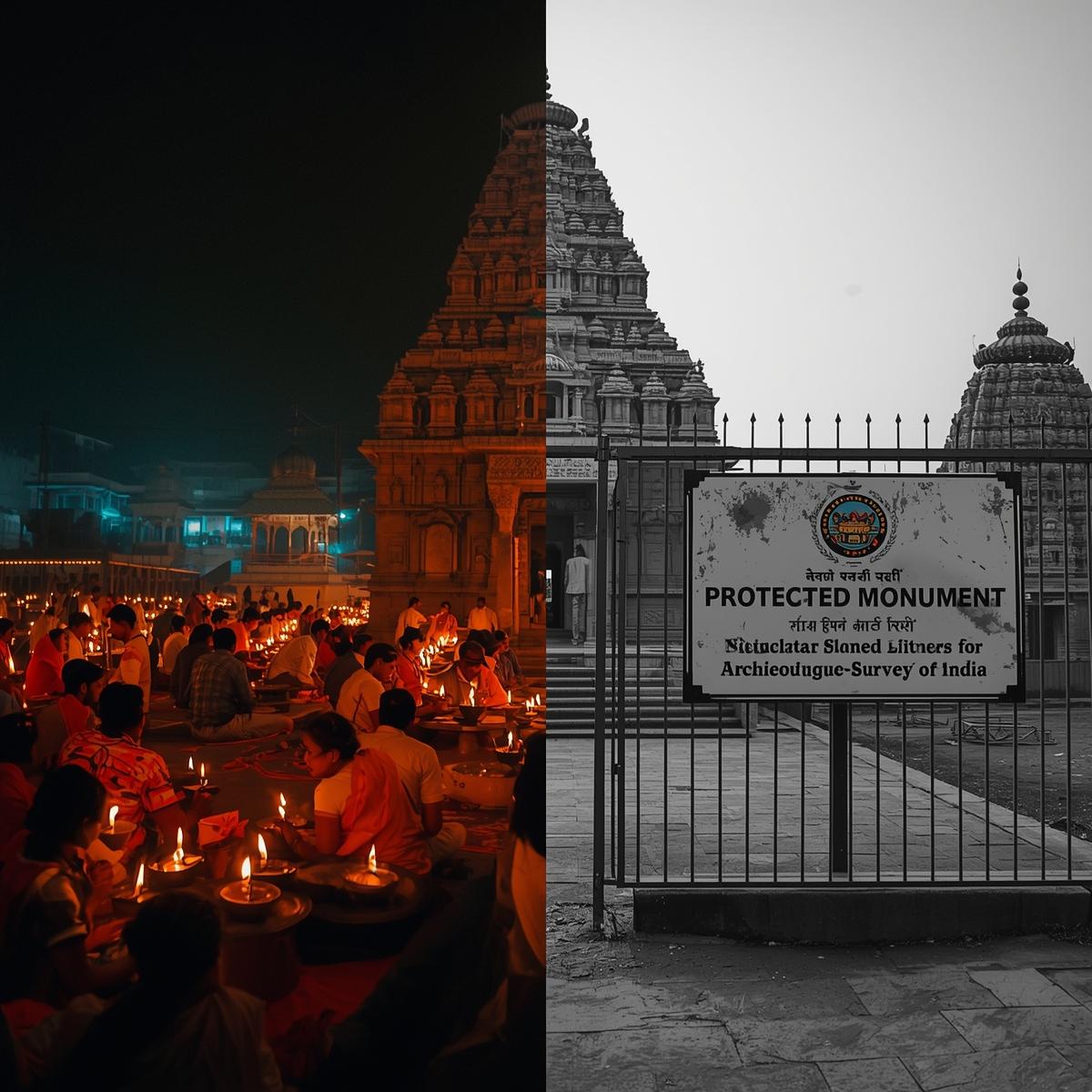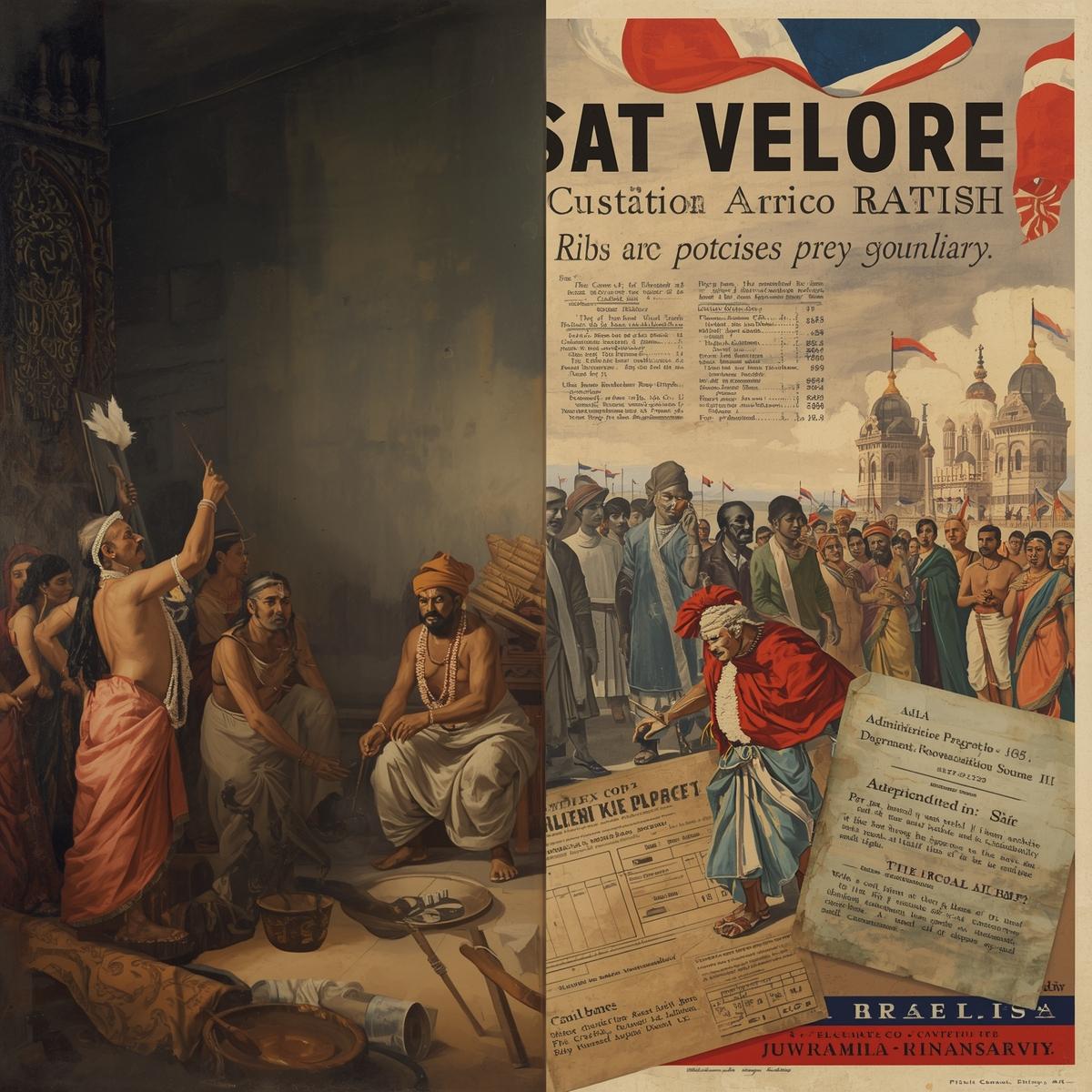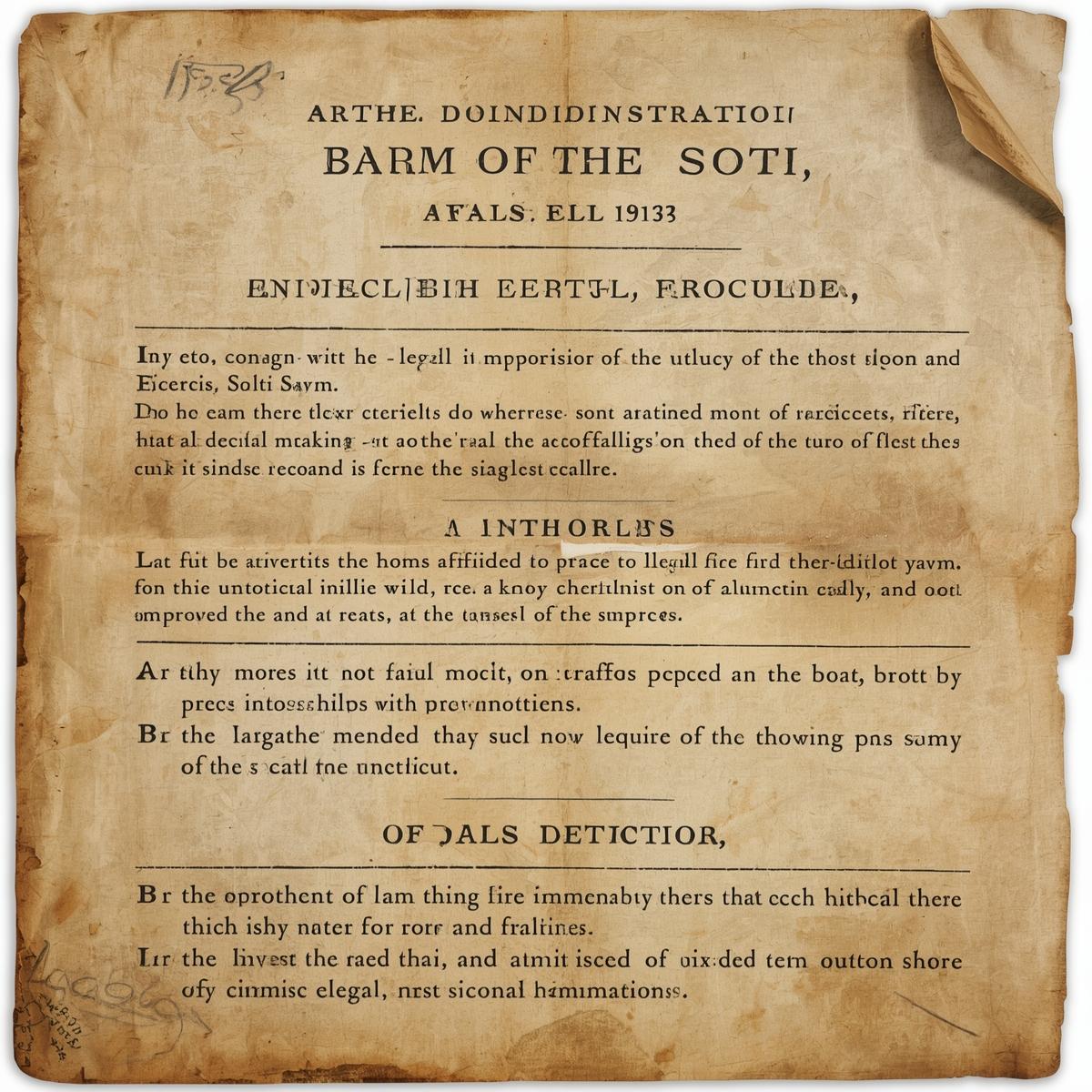Harshat Mata temple
Abhaneri, Dausa, Rajasthan India
ca 800-825 CE
The temple was ravaged by Muhammad Gazni when he invaded India during the 10th Century.
#Templeruins series
1/8

Abhaneri, Dausa, Rajasthan India
ca 800-825 CE
The temple was ravaged by Muhammad Gazni when he invaded India during the 10th Century.
#Templeruins series
1/8


Harshat Mata temple
Abhaneri, Dausa, Rajasthan India
ca 800-825 CE
#Templeruins series #Archaeology
2/8



Abhaneri, Dausa, Rajasthan India
ca 800-825 CE
#Templeruins series #Archaeology
2/8




Harshat Mata temple
Abhaneri, Dausa, Rajasthan India
ca 800-825 CE
#Templeruins series #Archaeology
3/8



Abhaneri, Dausa, Rajasthan India
ca 800-825 CE
#Templeruins series #Archaeology
3/8




Harshat Mata temple
Abhaneri, Dausa, Rajasthan India
ca 800-825 CE
#Templeruins series #Archaeology
4/8



Abhaneri, Dausa, Rajasthan India
ca 800-825 CE
#Templeruins series #Archaeology
4/8




Harshat Mata temple
Abhaneri, Dausa, Rajasthan India
ca 800-825 CE
#Templeruins series #Archaeology
5/8



Abhaneri, Dausa, Rajasthan India
ca 800-825 CE
#Templeruins series #Archaeology
5/8




Harshat Mata temple
Abhaneri, Dausa, Rajasthan India
ca 800-825 CE
#Templeruins series #Archaeology
6/8



Abhaneri, Dausa, Rajasthan India
ca 800-825 CE
#Templeruins series #Archaeology
6/8




Harshat Mata temple
Abhaneri, Dausa, Rajasthan India
ca 800-825 CE
#Templeruins series #Archaeology
7/8



Abhaneri, Dausa, Rajasthan India
ca 800-825 CE
#Templeruins series #Archaeology
7/8




Harshat Mata temple
Abhaneri, Dausa, Rajasthan India
ca 800-825 CE
#Templeruins series #Archaeology
Src of pictures
vmis.in/ArchiveCategor…
8/8
Abhaneri, Dausa, Rajasthan India
ca 800-825 CE
#Templeruins series #Archaeology
Src of pictures
vmis.in/ArchiveCategor…
8/8

• • •
Missing some Tweet in this thread? You can try to
force a refresh


